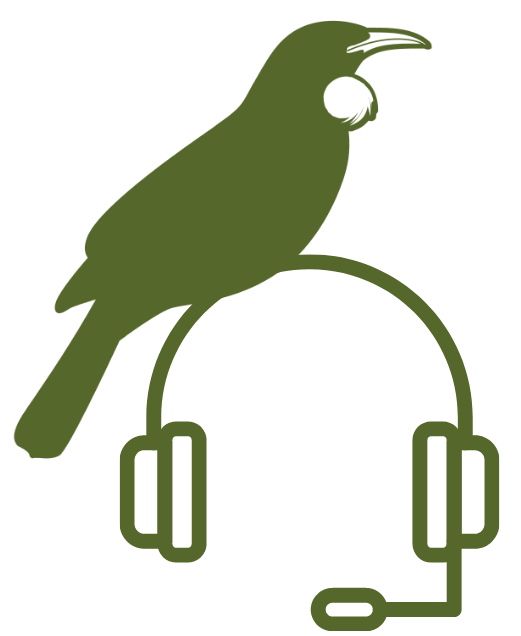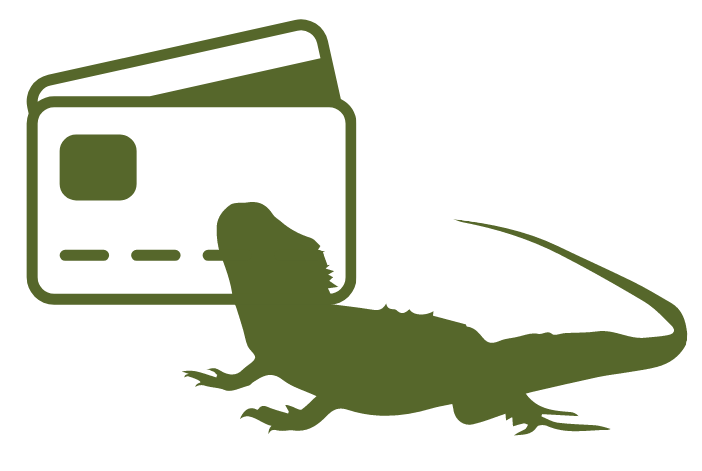There’s a good chance you’ve heard the term ‘Mast Season’ mentioned on the news or by people working in conservation — but what does it actually mean, and how does it impact New Zealand’s biodiversity? In this blog post, we’re shining a light on this natural phenomenon and breaking it down in plain language so that anyone can understand its causes, its effects, and why it matters for our native wildlife.
What exactly is a mast season?
In simple terms, it's a period when certain trees, particularly native species like beech and rimu, produce an abundance of seeds known as "mast." This natural phenomenon occurs irregularly, typically every few years, and can have far-reaching effects on ecosystems.
Now, you might be wondering, what does this have to do with predator control? Well, it turns out that mast seasons play a crucial role in shaping predator behaviour. When food sources are plentiful due to a mast event, predator populations, such as rats, stoats, and possums, experience a population boom. With an abundance of food available, these predators reproduce at higher rates, leading to increased predation pressure on native bird species and other vulnerable wildlife.
So, what does this mean for predator control efforts in New Zealand?
During mast seasons, predator populations are at their peak, so it's essential to ramp up our control measures to protect native biodiversity. Conservation organizations and government agencies often implement intensive trapping and poisoning programs to reduce predator numbers and mitigate the impact on native species.
Additionally, mast seasons present an opportunity for community involvement in predator control initiatives. Community-led trapping programs play a vital role in supplementing government-led efforts and expanding the reach of predator control across diverse landscapes.
How do you know a mast season is coming in New Zealand?
Given the significant strain mast seasons put our native species under, the NZ Government keeps a close eye on mast activity. Using climate modelling and weather forecasts the Department of Conservation has the ability to predict forest mast seasons a year in advance (reports of which can be found on their website). This allows both government agencies and community groups to start planning out their predator control activities and resourcing well in advance.
What should you do if a mast season is predicted for your area?
If a mast season is coming your way, it’s best to be prepared. Work with your team to upweight your resources and budgets as you’ll need to spend more time and money on baits and traps, as well as regularly checking and clearing them. It’s worth flexing up in autumn when rodent populations are most likely to boom, preventing them from getting out of control. It’s also worth following up again in spring, when food supplies are getting short, and the now hungry rodents move to feed on birds, their eggs and other native species. Stoats however work on a slightly different cycle, they feed on the excess rodents in winter, then while their populations boom in summer they actively feed on native birds and their young. Mast seasons are a great time to work bait pulsing into your predator control plan as it helps increase the efficacy of your baits, whilst also easing pressure on budgets and resources.
On personal properties, clear away any fruit/seed that falls in the summer, trim trees and vines to at least 2 metres away from rooves, and map out key areas you want to set out traps and baits, then monitor and maintain your predator control activities throughout the year.
Ultimately, understanding mast seasons and their influence on predator behaviour is key to effective wildlife management in New Zealand. By staying vigilant during mast events and implementing proactive control measures, we can help safeguard our native ecosystems and ensure a brighter future for generations to come.
So, whether you're a seasoned conservationist or a curious nature lover, remember the importance of mast seasons in predator control and the role we all play in protecting New Zealand's unique wildlife. Together, we can make a difference!






Leave a comment
This site is protected by hCaptcha and the hCaptcha Privacy Policy and Terms of Service apply.